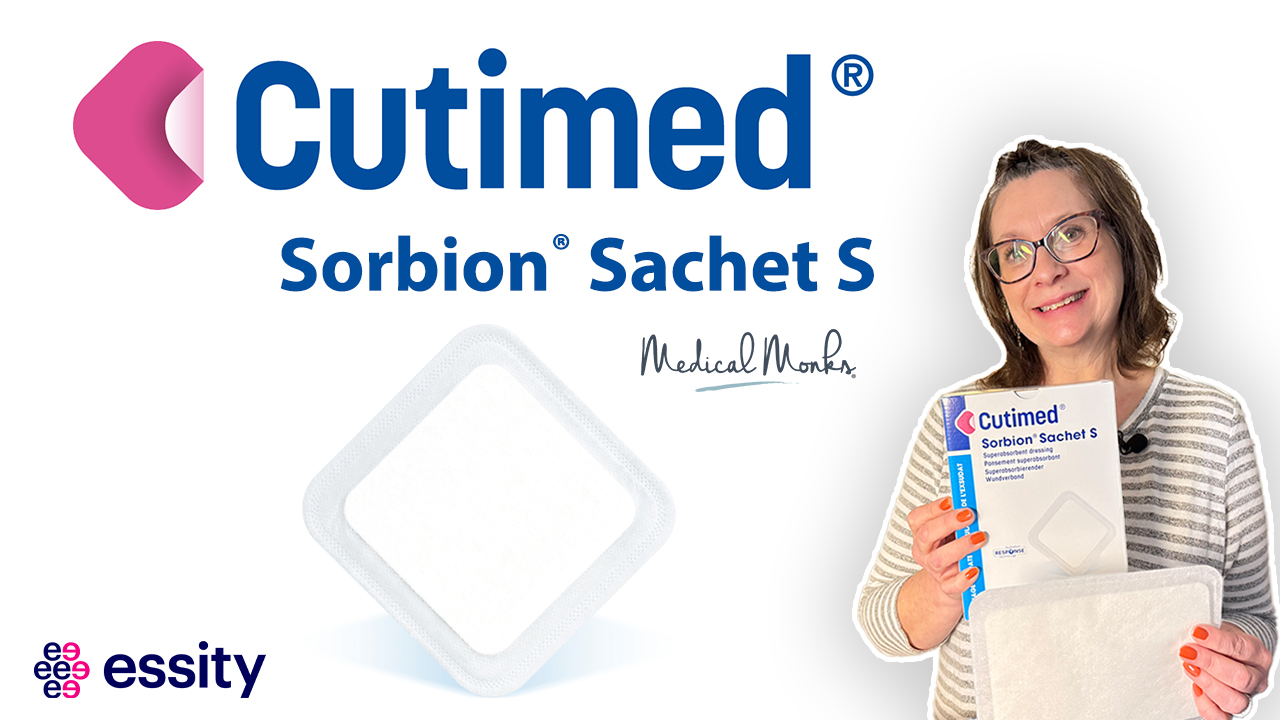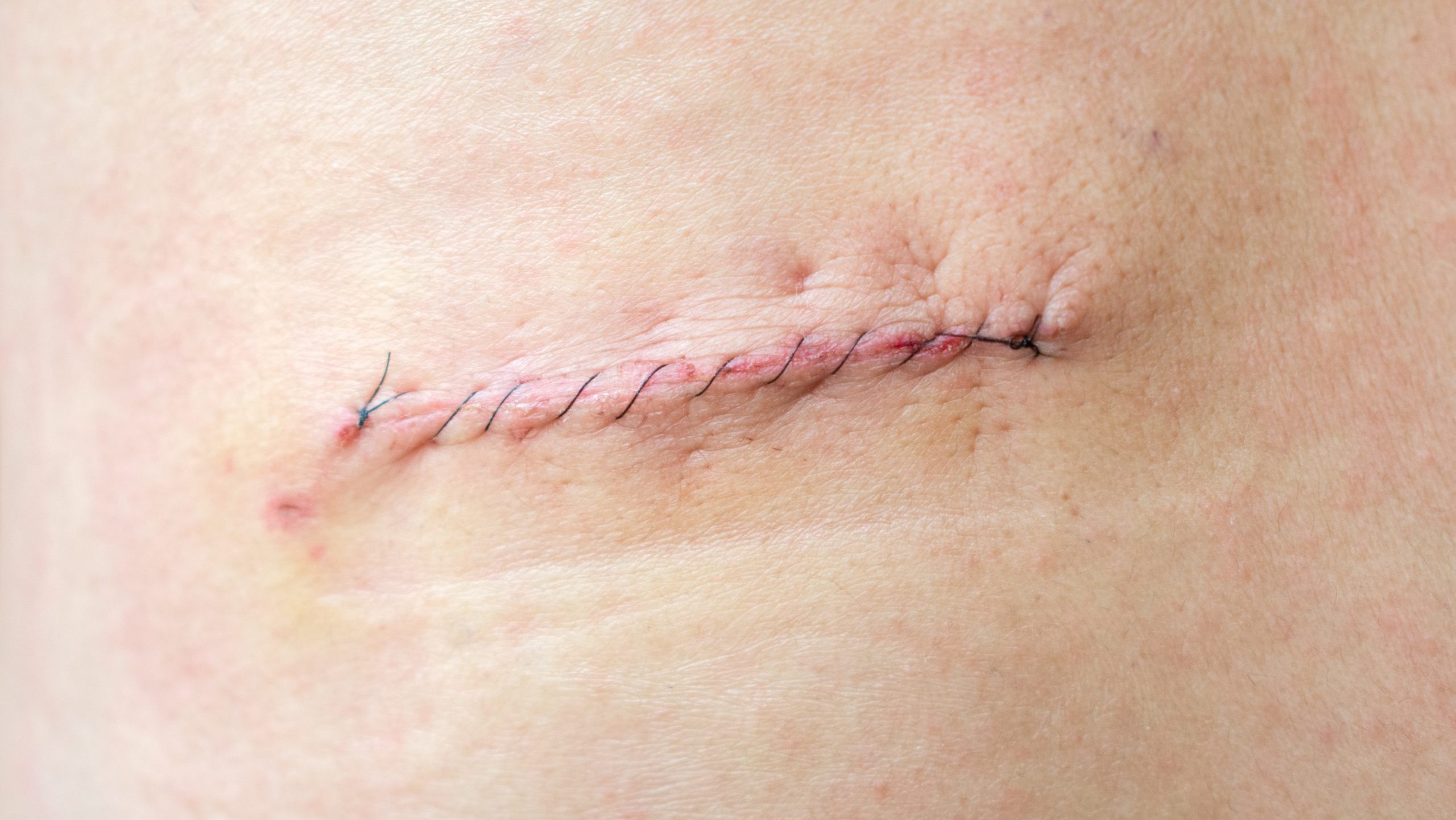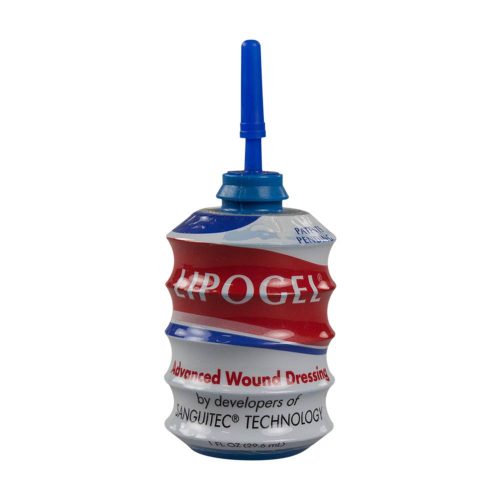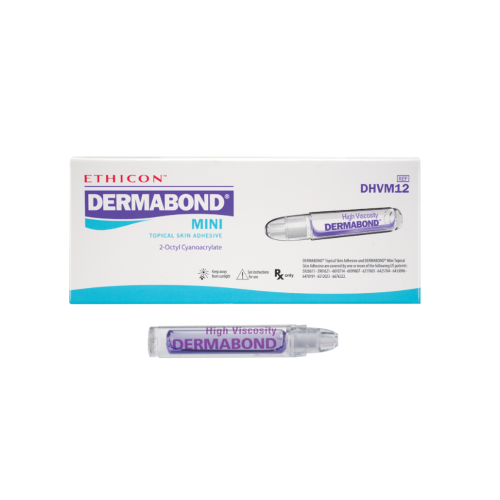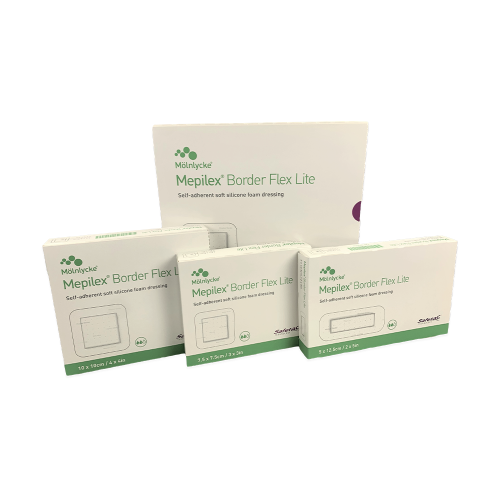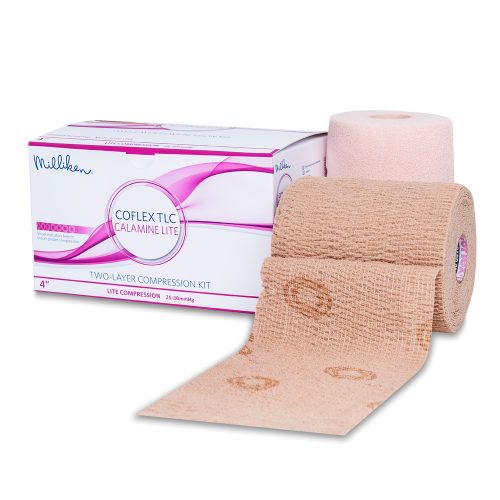Hydrogel wound dressings aid in the healing process by providing a moist environment and non-adherent pain relief. Discover how hydrogel dressing wound care changes the game for a wide range of acute and chronic wounds, including infected wounds. Its composition of 90% water in a cool, soothing gel effectively regulates fluid exchange.
What Are Hydrogels?
A hydrogel is a natural or synthetic polymer material that can absorb and retain a large amount of liquid. Natural hydrogels, like collagen and alginate, exhibit great variation. They are often combined with synthetic hydrogels to create composite polymers that manifest greater stability. These composites are widely used in robotics, chemical detectors and biomedical applications because of their responsive and programmable qualities.
Hydrogels for Wound Healing
The process of wound healing requires a clean, moist environment and time. If you’re stumped looking for reasons a chronic wound won’t heal, the type of dressing applied may well be the culprit. Traditional wound care, like gauze, pulls moisture from the wound bed and can adhere to the wound, causing undue pain during dressing changes. Hydrogel wound care, on the other hand, donates moisture to the wound, creating a moist environment that promotes autolytic debridement, granulation and epithelialization. Non-adherent hydrogel wound dressings are indicated for:
- Dry or slightly moist partial- and full-thickness wounds
- Abrasions and partial-thickness burns
- Granulating wounds
- Skin damage from radiation
- Wounds with slough or eschar
Do not choose hydrogel for wounds with very high exudate or for full-thickness burns.
How to Choose a Hydrogel Wound Dressing
When it comes to choosing a hydrogel dressing, wound care best practices are an appropriate guide. Select a hydrogel wound dressing that will accommodate the specific character and severity of your patient’s wound while keeping a few cautions in mind:
- All hydrogel wound dressings require a secondary dressing.
- Do not use hydrogel wound care in conjunction with foams, gelling fiber dressings or additional, non-impregnated alginates.
Take care to avoid maceration on periwound tissue. Use a plain saline solution to clean the wound between dressing changes. To help reduce the pain of radiation burns, chill hydrogel wound dressing pads in the refrigerator and apply them cold for a soothing experience.
Hydrogel Wound Gels, Pads and Fillers
In addition to hydrogel pads, many trusted brands of hydrogel wound gels and hydrogel fillers are available to patients and caregivers. Triad, SilvaSorb and Anasept are popular options for antimicrobial hydrogel wound care, while MANUKApli Sterile Honey Wound Dressing harnesses the purest medical-grade Manuka honey to act as a 100% natural, antibiotic-free hydrogel for
wound healing. Regenecare HA is a hydrogel wound gel that delivers 2% lidocaine to reduce pain and inflammation immediately, in addition to aloe vera and marine collagen to rebuild the skin matrix and restore an effective moisture barrier.
Resources:
https://www.nanowerk.com/spotlight/spotid=58702.php
https://www.frontiersin.org/articles/10.3389/fbioe.2021.718377/full


